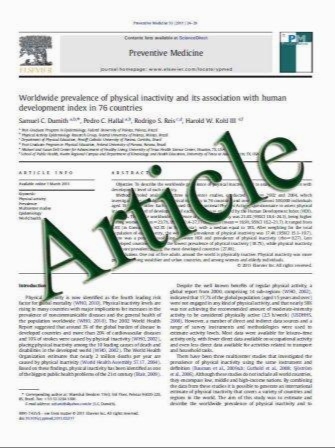Efficacy of immunohistological methods in detecting functionally viable mechanoreceptors in the remnant stumps of injured anterior cruciate ligaments and its clinical importance
- نوع فایل : کتاب
- زبان : انگلیسی
- مؤلف : Kamal Bali • Mandeep S. Dhillon • R. K. Vasistha • Nandita Kakkar • Rishi Chana • Sharad Prabhakar
- چاپ و سال / کشور: 2011
Description
Purpose Various histological and immunological methods have been used to detect the mechanoreceptors and nerve fibers on the intact ACLs as well as on the remnant stumps. However, some of these methods lack standardization, and the variable thickness of slices used often leads to misinterpretation. The study was based on the hypothesis that immunohistological methods are easier and more reliable means to demonstrate mechanoreceptors in the remnant ACL stumps as compared with the conventional methods. We also attempted to validate the methodology of immunohistology as a means of characterizing functional mechanoreceptors in the residual stump of an injured ACL. Methods The remnants of the ruptured ACL in 95 patients were harvested during arthroscopic ACL reconstruction and evaluated immunohistologically using hematoxylin and eosin (H&E), and monoclonal antibodies to S-100 and NFP. Multiple sections from each specimen were serially examined by two histologists. Results The positivity of monoclonal antibody against NFP showed a statistically significant relationship with the presence of morphologically normal mechanoreceptors, whereas the positivity of monoclonal antibody against S-100 showed a statistically significant relationship with the presence of free nerve ending in the residual stump of an injured ACL. Conclusions Immunological methods are more reliable and easier to use as compared with the conventional methods of histological staining for identifying remnant stumps likely to be of some proprioceptive benefit after an ACL injury. Such an identification might help us preserve certain remnant stumps during ACL reconstruction which might in turn improve the postoperative functional outcomes.
Knee Surg Sports Traumatol Arthrosc DOI 10.1007/s00167-011-1526-9 Received: 2 December 2010 / Accepted: 19 April 2011


